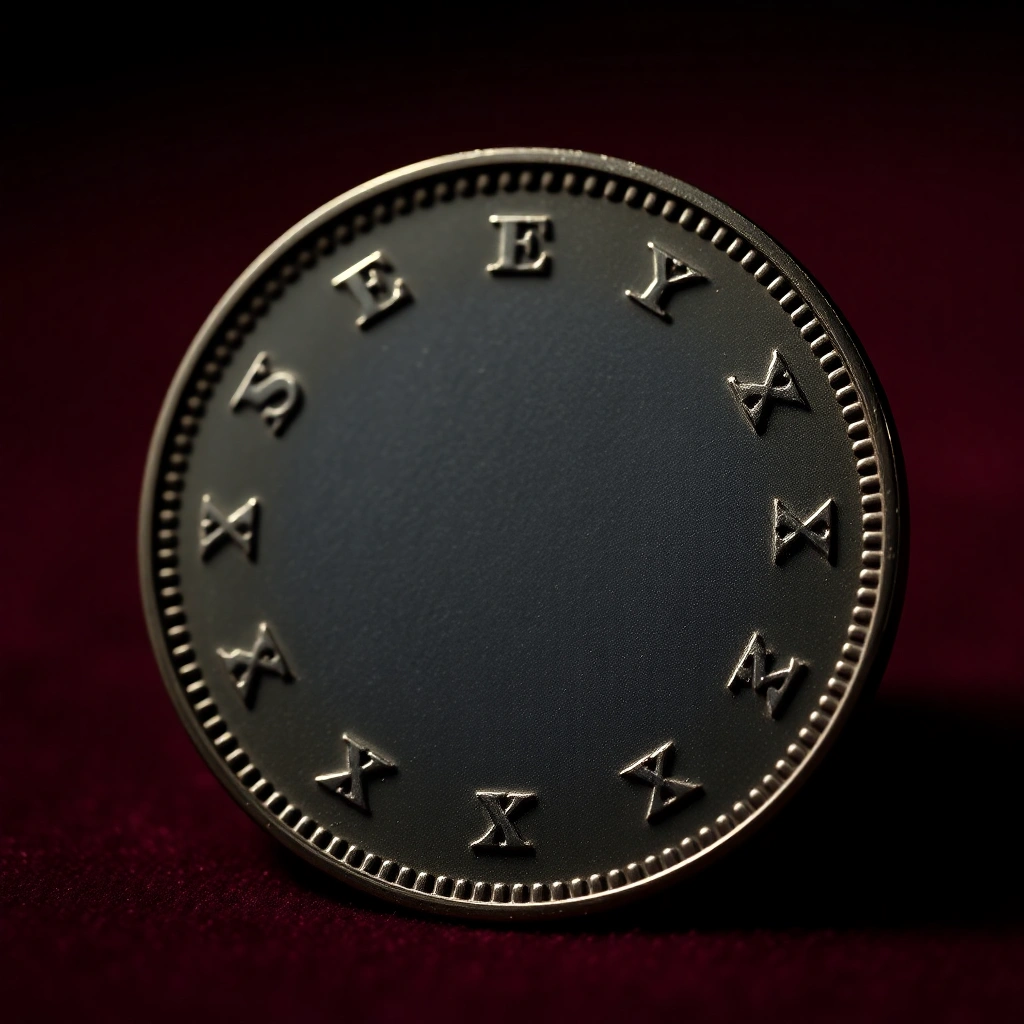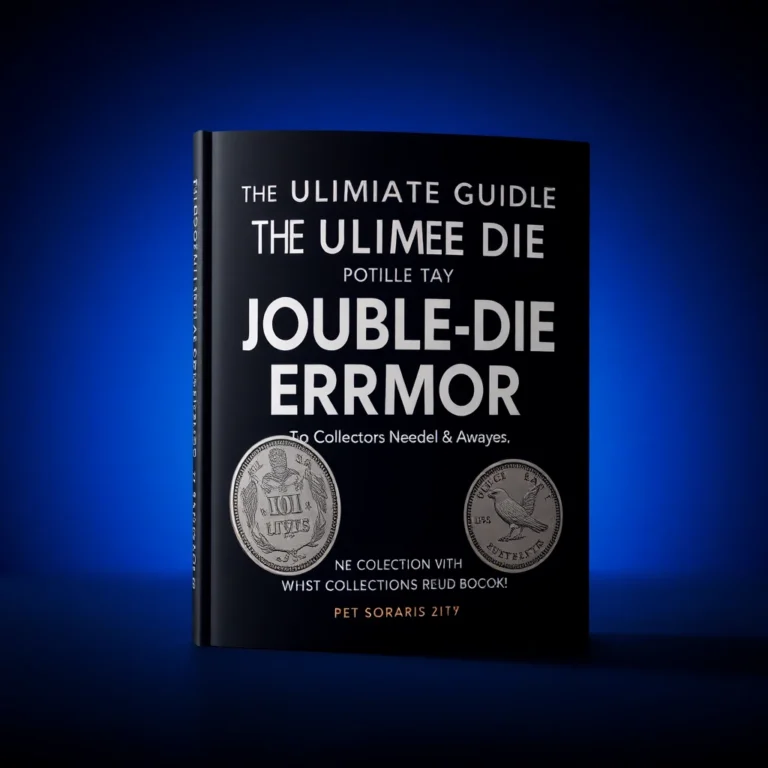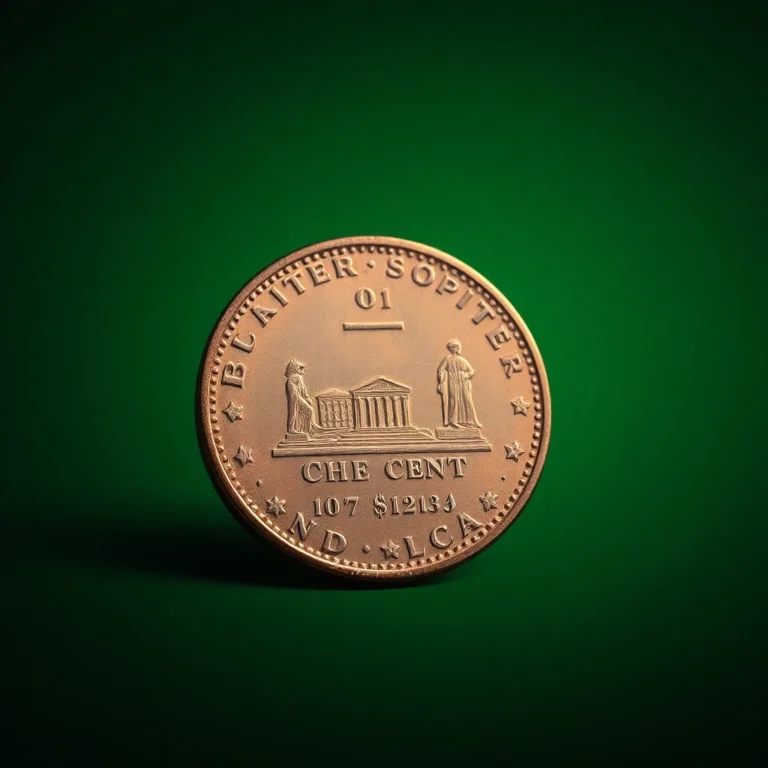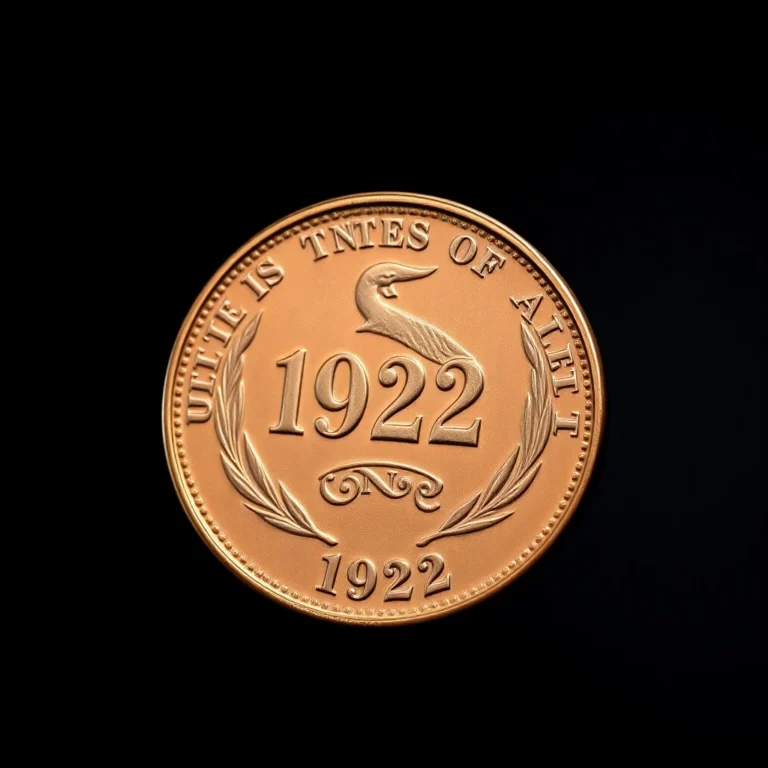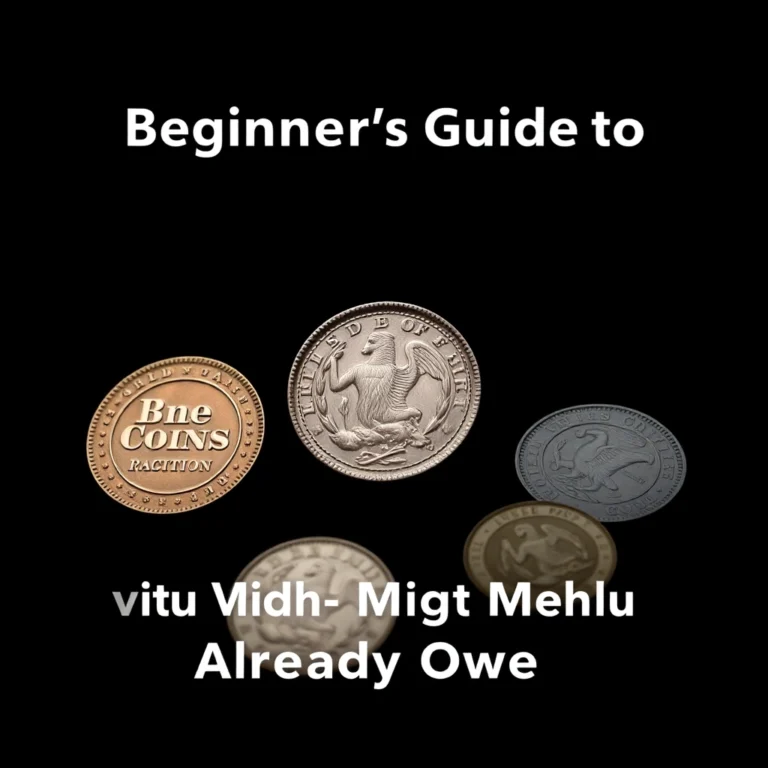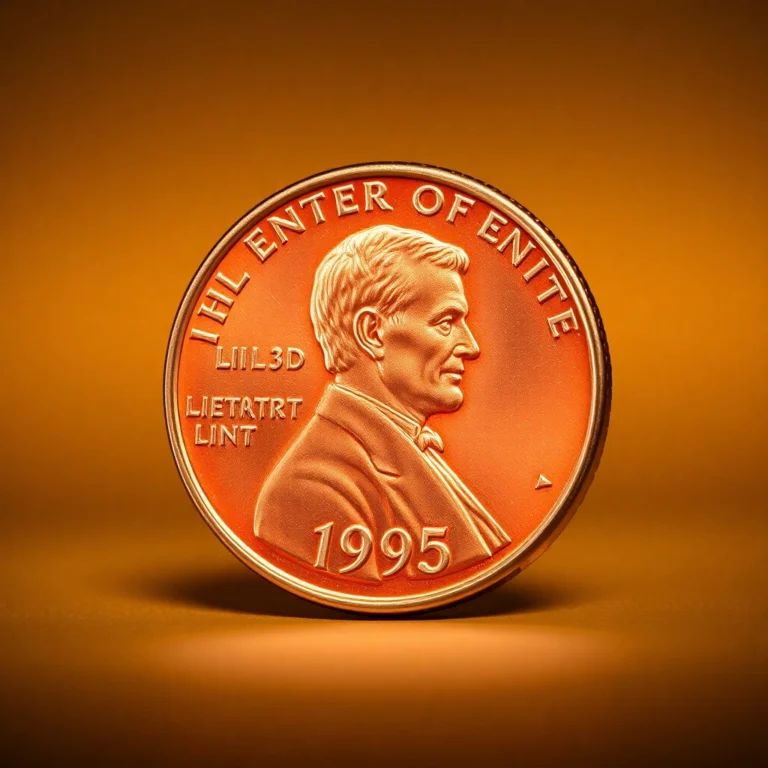Imagine holding a coin that never received its defining imprint—a blank canvas in the numismatic world. Rare blank planchet error coins, often overlooked, are hidden gems that captivate both seasoned collectors and curious newcomers. These enigmatic pieces offer a glimpse into the minting process, capturing the attention of those intrigued by the stories coins tell beyond their surfaces.
Understanding how professionals grade these elusive errors is crucial for anyone looking to delve deeper into the world of rare coins. This guide will walk you through the intricacies of blank planchets, from their unexpected origins to the grading criteria that determine their value. You’ll gain insights into why these anomalies are highly prized and how they challenge the norms of traditional coin collecting.
As we unfold the mystery behind these blank coins, you’ll discover what makes them not just errors, but treasures. Could your next find be one of these rare and coveted pieces? The answer might surprise you—and so might its potential worth.
Historical Background and Significance of Blank Planchet Error Coins
Blank planchet error coins are fascinating anomalies in the world of numismatics, representing a unique category of mint errors. These coins are ‘blanks’ that have somehow bypassed the striking process, escaping the mint without bearing any design or inscriptions. Their origins trace back to the earliest days of coin minting, serving as reminders of the complexities and occasional imperfections in the coin production process. Collectors treasure these coins not only for their rarity but also for the intriguing story they tell about minting history. 🏛️
Physical Characteristics and Design
Physically, blank planchet error coins are devoid of any design elements, such as images or inscriptions, typically found on struck coins. They can be categorized into two types: Type 1, which are smooth blanks without any rims, and Type 2, which have an upset rim formed during the preliminary minting process. The absence of design makes them easy to identify, though it also requires careful verification to ensure authenticity. 🔍
Mintage Figures and Rarity
Since blank planchets are not officially documented in mintage records, it’s challenging to ascertain their exact rarity. However, they are generally considered scarce due to the thorough quality control processes in modern mints. Their rarity can vary depending on the denomination and era, with certain periods or types being more frequently encountered than others. 📈
Known Varieties and Errors
Blank planchet errors can also exhibit other characteristics, such as being off-metal or double-struck, which can further increase their rarity and desirability among collectors. These varieties highlight the diverse possibilities of minting errors, making them an exciting area of study and collection. 🪙
Value Information
The value of blank planchet error coins varies significantly based on factors such as denomination, metal composition, and the specific circumstances of the error. Below is a detailed table illustrating the value range by grade:
| Grade | Value Range |
|---|---|
| Good (G-4) | $5-$15 |
| Very Good (VG-8) | $10-$20 |
| Fine (F-12) | $15-$25 |
| Very Fine (VF-20) | $20-$30 |
| Extremely Fine (EF-40) | $25-$40 |
| About Uncirculated (AU-50) | $30-$50 |
| Mint State (MS-60) | $40-$70 |
| Gem Mint State (MS-65) | $50-$100 |
Authentication Tips
Authenticating a blank planchet error coin involves verifying its weight, diameter, and metal composition to match the specifications of the intended coin type. Professional grading services can provide authentication, ensuring the planchet has been subjected to genuine minting errors rather than being artificially altered. Be wary of imitations or post-mint modifications. 🕵️♂️
In conclusion, blank planchet error coins offer a fascinating glimpse into the minting process and present a unique collecting opportunity. With the right approach, they can be a valuable and intriguing component of any numismatic collection. Happy collecting! 📚
FAQs
How is the value of a blank planchet error coin determined?
The value of a blank planchet error coin is primarily determined by its type (e.g., copper, nickel, silver), size, and rarity. Coins from more valuable metals or those from older, less common series tend to be worth more. The condition or grade of the planchet, including any unique features or markings, can also affect its value.
What are some tips for authenticating a blank planchet error coin?
To authenticate a blank planchet error coin, check for the correct weight and diameter for the series it belongs to. Use a magnet to confirm non-ferrous properties if applicable. Professional grading services can provide certification, ensuring authenticity. Be wary of any planchets that appear altered or tampered with.
What should collectors consider when adding blank planchet errors to their collection?
Collectors should consider their specific interests, such as focusing on a particular metal type or denomination. Understanding the market value and rarity of different planchets can guide purchasing decisions. Networking with fellow collectors and staying informed about market trends can also be beneficial.
What is the historical significance of blank planchet error coins?
Blank planchet error coins offer insight into the minting process and highlight moments when production controls failed. They serve as tangible reminders of a mint’s operational history and are valued for their unique place in numismatic collections. These errors are a window into the complexities of coin production.
What are some common varieties or errors related to blank planchets?
Common varieties include Type I (fully unstruck) and Type II (partially struck with some design elements visible) blank planchets. Errors can also vary by metal composition, such as copper, nickel, or silver. Collectors often seek out planchets from specific series or years known for their scarcity or unusual characteristics.
